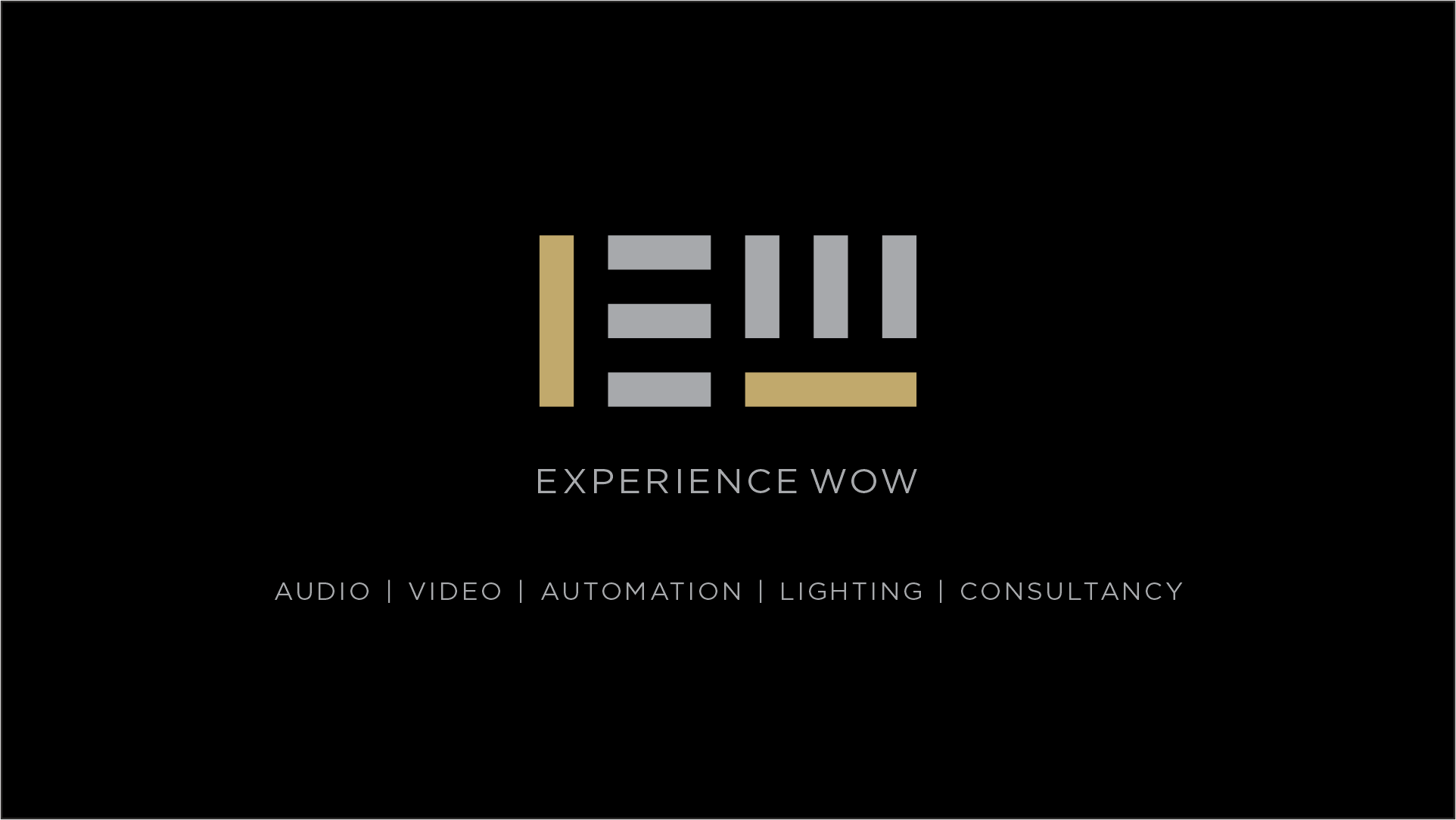One of the first steps in selecting a security camera system is to identify the varieties of cameras needed. There are several options available, including dome cameras, cylinder cameras, and PTZ (pan-tilt-zoom) cameras. Bulb cameras are often utilized for indoor surveillance due to their subtle design, while bullet cameras are more suitable for outdoor application because of their robustness and long-range capabilities. PTZ cameras offer versatility, allowing users to remotely control the camera's movement. Understanding the advantages and weaknesses of each type can help businesses select the appropriate cameras for their particular environments.
Another crucial consideration is the design of the premises. Conducting a thorough assessment of the premises can help identify at-risk areas that need monitoring. High-traffic zones, entrances, and parking lots are critical locations where security cameras should be installed. Additionally, it is important to consider the illumination conditions in these areas. Some cameras are equipped with night vision capabilities, which can be beneficial for monitoring during dim conditions. By carefully placing cameras in important locations, businesses can maximize their surveillance reach and improve overall security.
The management and handling of video footage is another key aspect of a security surveillance system. Businesses must decide whether to utilize local storage, such as DVRs (digital video recorders), or cloud-based storage options. Local storage can provide quick access to footage but may need regular maintenance and cctv installation for construction sites upgrades. On the other hand, cloud storage offers remote access and can be more flexible, allowing businesses to grow their systems as necessary. It is crucial to evaluate the pros and cons of each option to determine which storage option aligns most with the business's requirements and financial plan.

Finally, it is essential to take into account the integration of the security camera system with other security measures. Many businesses benefit from integrating video surveillance with alarm systems, access control, and monitoring services. This combined approach can offer a holistic security system that enhances overall safety. Additionally, educating employees on how to operate the system effectively can improve response times in the event of emergencies. By implementing these steps, businesses can create a robust security system that not only safeguards their assets but also fosters a secure environment for all on the premises.